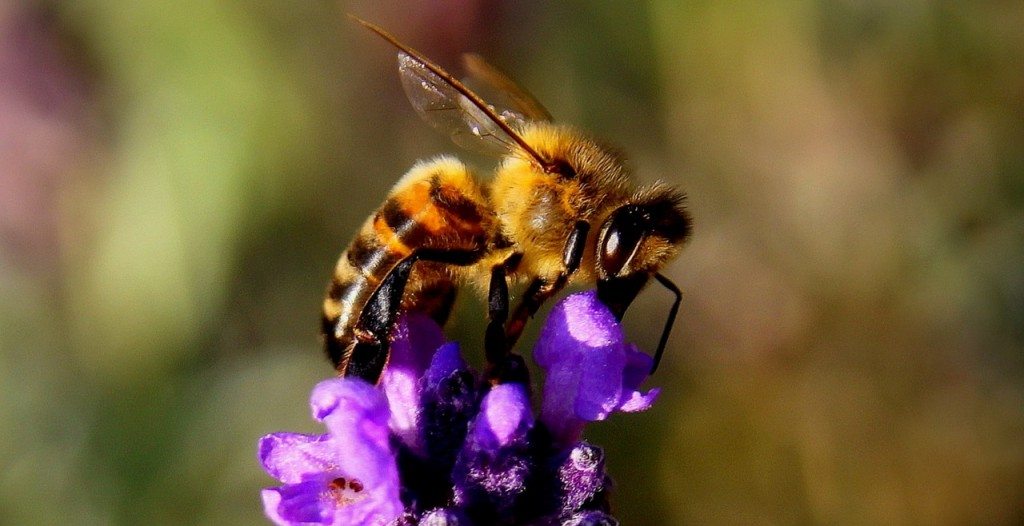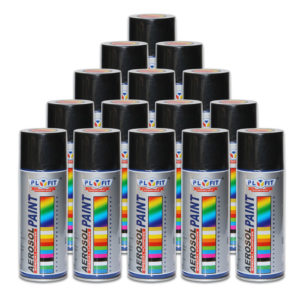How To Get Rid Of Bees

Contents
Bees are pollinators of the Earth that help to ensure the survival of many plants. But, in the wrong environment they can be a health hazard. If you suspect there are bees somewhere on your property, do something about them before someone gets stung and suffers a life-threatening reaction. Bee removal is best left in the hands of professionals. However, if you feel like taking the risk and want to learn how to handle a bee infestation, here is what you need to do to get rid of them.
Identify the Type of Bees
Bees, wasps, hornets, and horseflies look very similar when they’re flying around. Learn what type of insect you are dealing with so you can approach the removal process correctly. Take a picture of the insect in question and send it off to a local bee expert for identification purposes. You can also use the internet to search for pictures of honey, carpenter, and bumble bees to get a better idea of what kind you are dealing with. This may seem like a hindrance, but if you were to attempt to remove wasps or hornets in the same manner you would remove bees, you could end up with a far more hazardous situation on your hands.
You need to also be aware that seeing one bee does not necessarily mean the infestation is small. An average bee colony usually contains more than 8,000 bees at any given time. With that in mind, exercise a great deal of caution so you can avoid compromising your safety.
Determine the Location of the Infestation
To determine where the bees are coming from, you need to first figure out if you are dealing with a hive or a swarm. Bees are day dwellers and the best time to look for their home is at dusk or right when the sun starts to rise. Look for a large group of bees swarming or flying around a particular area. If you see a large grouping of them in a large football shape, there is a good chance you have a swarm on your hands. Those bees intend to make themselves a new home on your property. Avoid approaching or aggravating those bees because they can become very aggressive. You’ll need to hire a professional to handle the situation. On the other hand, if you notice the bees are going back and forth to a specific spot, then there is a good chance that’s a hive. You can deal with the hive yourself, or contact a professional bee exterminator or your local beekeeper association.
DIY Bee Removal
If it’s dark outside or in the evening and you are feeling lucky and adventurous about the situation, get dressed for your new job. Make sure you put on clothes that cover all of your skin to keep from getting stung. Sweatshirts and pants are good. Don’t forget to wrap some tape around the opening of your clothes, such as at the end of your sleeves, your neck area, and the bottom of your pants where they meet your socks. Wear gym shoes, a hat that covers your ears, and a mask.
Next, take an aerosol can of bee killer and spray it into and around the beehive really good. Do not ever do this to a swarm of bees. Spray it again the following evening and keep an eye on the hive to make sure there is no incoming or outgoing bee traffic. If you don’t see any insects, then it is probably safe for you to remove the bee hive. But, if you see a few bees here and there, wait until the following evening and spray down the hive once again.
Remove the Hive
Once all of the bees are dead, remove the hive as soon as possible to prevent a new infestation from a different colony of bees. Make sure you are dressed in your bee-killing clothes before touching the hive. If the hive is in your siding or roof, you may want to contact a professional to prevent damage to your home. Bees are creatures of habit, so prevent them from rediscovering your property by using bee traps and insecticides. Get rid of the honeycomb smell your previous bee tenants left behind. Pressure wash the area, fill it with newspaper, expanding foam, and a mesh wire screen to keep the bees away.
The bee population has dwindled down considerably over the past few decades. They are now down to approximately 3 percent of their original population size. So before you attempt to handle your bee infestation yourself, it’s a good idea for you to contact a professional beekeeper so they can remove them without chemicals and help to ensure the survival of the species.
Non Toxic Spray

This non-toxic spray kills larvae, eggs, and adult insects by breaking down their exoskeleton. It is safe to spray around the home and works only on the insects. Feel good about spraying indoors around pets, plants and children.
All Natural Non Toxic Insect Killer Spray by Killer Green
